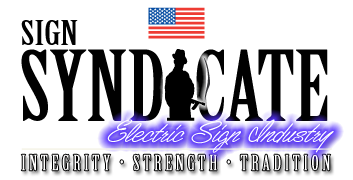To start with there are two basic types of LED Drivers or power supplies. They are constant voltage and constant current. Constant voltage is the common power supply that most have been familiar with since they are used in most appliances and computer applications. However, the LED industry has been turning to Constant Current LED Drivers for optimum LED performance. Constant current is how neon power supplies, fluorescent ballasts and HID ballasts are designed.
In the first one, constant voltage, the circuitry is designed to maintain the same output voltage, for example 12 V dc. This voltage level will be maintained up to a point where the load is too great which results in greater current and less voltage. However, as long as the output current is rated or less, the output will stay at rated.
The second one, constant current, the circuitry is where the current is set for a value and regardless of the load, the output will adjust to stay at that current. For LEDs, the most common current levels are 350 ma and 700 ma since these are the most common current ratings for LEDs. As the number of LEDs added to the output increases, the voltage goes up to maintain the same current rating. However, the voltage limit can reach the maximum and adding more LEDs can result in less current output unless a protective device trips.
Both of these types of LED drivers can be used interchangeable with LEDs, but not for the same LED load. For Class 2 LEDs, the load for each type will likely be different so this will have to be adjusted as needed to meet the rated output.
As to LED Recognition and LED drivers the LED modules and the LED Driver are interchangeable. Class 2 LED Drivers are tested separately from Class 2 LED modules as individual components. They are not required to be evaluated by UL together as a system. In fact, there are many manufacturers of LED modules that are UL Recognized for use on a Class 2 circuit and the manufacturer neither makes a LED driver for them or provides one.
For a Class 2 Constant Voltage LED driver - As long as number of LEDs does not cause the current rating of the LED driver to be exceeded, it is acceptable for powering any Class 2 LED modules.
For a Class 2 Constant Current LED driver - As long as the current rating of the LEDs matches the current output of the LED driver and does not cause the rated voltage to be exceeded due to too much load, it is acceptable for powering any Class 2 LED Modules.
As to Classification, this is only applied where a retrofit of an existing sign is involved. This covers a combination of LED Driver and LED modules with installation instructions on how to remove what is in a channel letter and replace it with LED drivers and Modules. The individual components are still Recognized individually. UL Classifies this combination rather than Listing it because there is no audit of how well the installer followed directions in retrofitting the sign. So we qualify the product as related to the effectiveness of the installation. Many manufacturers place the Classification Mark on their power supply for when it is used in for the retrofit Classification, but it is not exclusive. There are manufacturers who obtain LED Drivers and LED Modules from others and package them with installation instructions and as long as the instructions are correct, UL will extend Classification to the Retrofit Kit.





